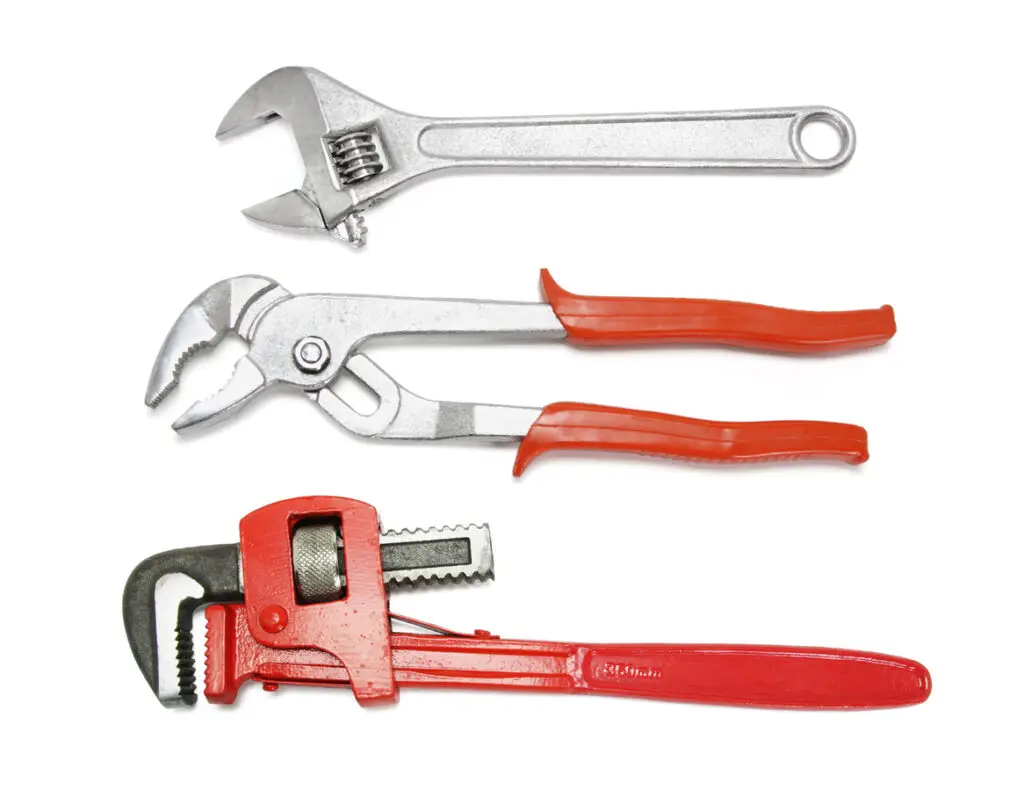Home » Adjustable Wrenches
The Ultimate Guide to Adjustable Wrenches

As a seasoned renovation contractor, I know that having the right tools for the job can make or break a project. One of the most versatile and essential tools in any contractor’s arsenal is the adjustable wrench. This tool allows for flexibility when working with different fastener sizes, making it a must-have for plumbing, carpentry, electrical work, and general construction.
In this guide, I’ll walk you through the different types of adjustable wrenches, their uses, quality considerations, and price ranges, so you can make an informed decision when selecting the right tool for your work.
Types of Adjustable Wrenches and Their Uses
1. Standard Adjustable Wrench (Crescent Wrench)
- Design: Features a movable jaw that can be adjusted to fit various sizes of nuts and bolts.
- Common Sizes: 6″, 8″, 10″, 12″, and 15″.
- Best For: General-purpose use, loosening or tightening nuts and bolts in woodworking, plumbing, and metalworking.
- Example Task: Adjusting pipe fittings, assembling furniture, and minor automotive repairs.
2. Wide Jaw Adjustable Wrench
- Design: Similar to a standard adjustable wrench but with an extra-wide jaw opening.
- Common Sizes: 8″, 10″, 12″.
- Best For: Working with larger nuts and bolts in confined spaces.
- Example Task: Tightening large plumbing fixtures and gas pipe connections.
3. Pipe Wrench (Adjustable)
- Design: Has serrated jaws for gripping pipes and fittings.
- Common Sizes: 10″, 12″, 18″, 24″.
- Best For: Plumbing applications, gripping and turning pipes.
- Example Task: Removing rusted pipe fittings, assembling steel pipes.
4. Self-Adjusting Wrench (Auto-Adjust)
- Design: Automatically adjusts to the size of the nut or bolt, requiring minimal manual adjustment.
- Common Sizes: 6″, 8″, 10″.
- Best For: Quick jobs where speed and efficiency are essential.
- Example Task: Tightening nuts in electrical panels, assembling furniture.
5. Ratcheting Adjustable Wrench
- Design: Features a ratcheting mechanism, allowing for continuous turning without resetting the wrench position.
- Common Sizes: 6″, 8″, 10″.
- Best For: Jobs that require frequent repositioning, such as automotive repairs.
- Example Task: Removing car battery terminals, tightening electrical conduit fittings.
6. Basin Wrench (Adjustable T-Handle)
- Design: Long shaft with a pivoting head, designed for tight spaces.
- Common Sizes: 10″, 12″.
- Best For: Reaching nuts and bolts under sinks.
- Example Task: Installing or removing faucet nuts in kitchen sinks and bathrooms.
7. Spud Wrench (Adjustable)
- Design: Features a slim jaw and a pointed handle for aligning bolt holes.
- Common Sizes: 10″, 12″.
- Best For: Structural and mechanical work.
- Example Task: Aligning steel beams and scaffolding before bolting.
Quality Considerations When Choosing an Adjustable Wrench
1. Material & Durability
- High-quality wrenches are typically made from chrome-vanadium steel (Cr-V) or chrome-molybdenum steel (Cr-Mo) for superior strength and corrosion resistance.
- Avoid wrenches made of low-grade steel as they can wear out or break under stress.
2. Precision & Jaw Grip
- A smooth, well-machined jaw ensures a better grip on fasteners and reduces slipping.
- A loose jaw will lead to rounding off bolts and nuts, which is a common issue with cheap, low-quality wrenches.
3. Comfort & Ergonomics
- A wrench with a rubberized grip or ergonomic handle helps reduce hand fatigue during prolonged use.
- Wrenches with longer handles provide better leverage for tough bolts.
4. Adjustment Mechanism
- Smooth, easy-turning adjustment knobs are a must. Cheap wrenches often have stiff or loose mechanisms that make them frustrating to use.
5. Corrosion Resistance
- A chrome-plated or rust-resistant finish will prolong the lifespan of your tool, especially if you work in humid or outdoor environments.
Summary Table: Types, Characteristics, and Price Ranges
| Type | Key Features | Best For | Common Sizes (inches) | Price Range ($) |
|---|---|---|---|---|
| Standard Adjustable Wrench (Crescent Wrench) | Movable jaw, general use | General construction, carpentry | 6, 8, 10, 12, 15 | $10 – $40 |
| Wide Jaw Adjustable Wrench | Extra-wide jaw opening | Plumbing, large fasteners | 8, 10, 12 | $15 – $50 |
| Pipe Wrench (Adjustable) | Serrated jaws, heavy-duty grip | Plumbing, pipe work | 10, 12, 18, 24 | $20 – $80 |
| Self-Adjusting Wrench | Auto-adjusts to fastener size | Quick fixes, electrical work | 6, 8, 10 | $15 – $60 |
| Ratcheting Adjustable Wrench | Ratcheting mechanism | Automotive, electrical conduit | 6, 8, 10 | $25 – $80 |
| Basin Wrench | Long shaft, pivoting head | Sink and faucet installations | 10, 12 | $20 – $60 |
| Spud Wrench | Slim jaw, pointed handle | Structural work, scaffolding | 10, 12 | $30 – $90 |
Final Thoughts
An adjustable wrench is an indispensable tool for renovation contractors, plumbers, electricians, and mechanics. Choosing the right type for the job will save time and prevent damage to fasteners.
If you’re a professional contractor, investing in high-quality adjustable wrenches from brands like Crescent, Knipex, Channellock, Milwaukee, and Bahco is worth the extra cost for durability and precision.
For DIYers or occasional use, a mid-range wrench from Husky, Craftsman, or Stanley will serve well without breaking the bank.
Would you like recommendations on specific brands or where to buy them? Let me know, and I’ll help you find the best tools for your needs! 🔧
